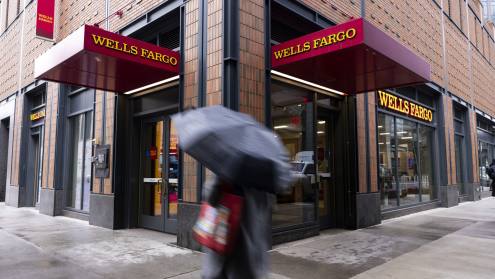Last year was such a stellar year for investment banks. The proprietary desks all boomed as abundant liquidity was channelled around highly favourable markets against a backdrop of strong economic growth. Hedge funds were busier and pluckier than ever, and even the blow up at Amaranth did not dampen their enthusiasm. Banks cleaned up both with prime brokerage operations and by investing in or running their own hedge funds.
Similarly with private equity, banks made a bundle from advisory and underwriting fees as well as investing in the deals. Deal makers have become so ambitious that almost no company now seems beyond the grasp of a private equity fund.
Will it all come crashing down in 2007? Merrill Lynch CEO Stan O’Neal maintains that the leveraged buyout boom of the past couple of years is different from a similar craze in the 1980s that came to an abrupt end. This one is based on targeting well-established companies with real cash flows, he argues.
The analysts beg to differ. In its 2007 brokers outlook, CreditSights says: “Our experience tells us that financial markets are both fickle and perhaps more importantly cyclical, and it doesn’t take a surfing expert to see that this wave is probably closer to the crest than the trough.”
As a result, CreditSights is bearish on Goldman Sachs, the bank that has ridden the current boom the best and walked off with a stack of awards, including The Banker’s Global Investment Bank of the Year 2006. “We are still concerned that the heightened level of risk-taking is not being adequately reflected in the share price. Now flirting with a $200 handle on the back of through-the-roof earnings in 2006, we believe the expectations are likewise lofty and we see more pressure on the downside in 2007,” says CreditSights.
One interesting aspect is the divergence of equity prices and debt spreads. While Goldman’s share price soared 57% in 2006, its five-year senior credit default swap tightened the least among the major investment banks, suggesting that equity investors regard private equity trading and prop trading revenues as core, whereas debt investors worry about their transient nature.
But CreditSights is bullish about Lehman Brothers, a bank that relies less heavily on prop trading, is focused on expanding client business, and is diversifying away from its traditional fixed income base and expanding overseas.






